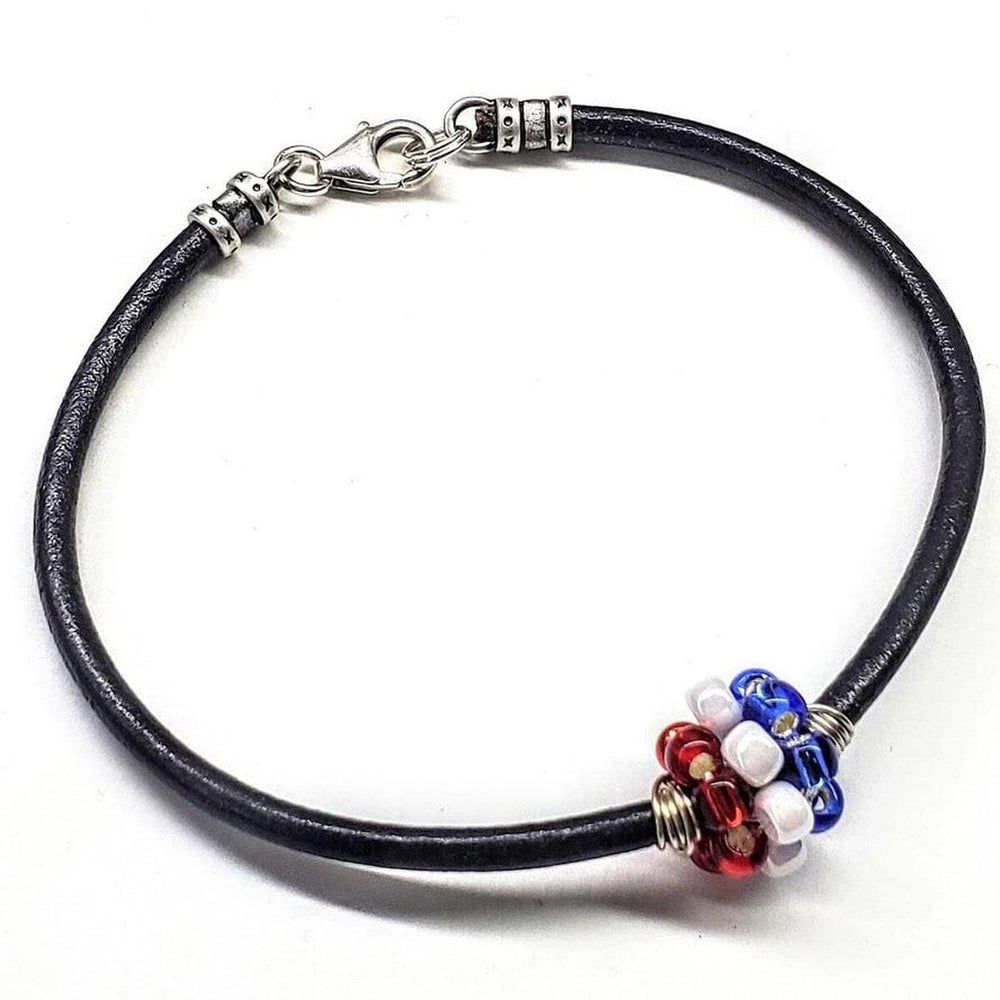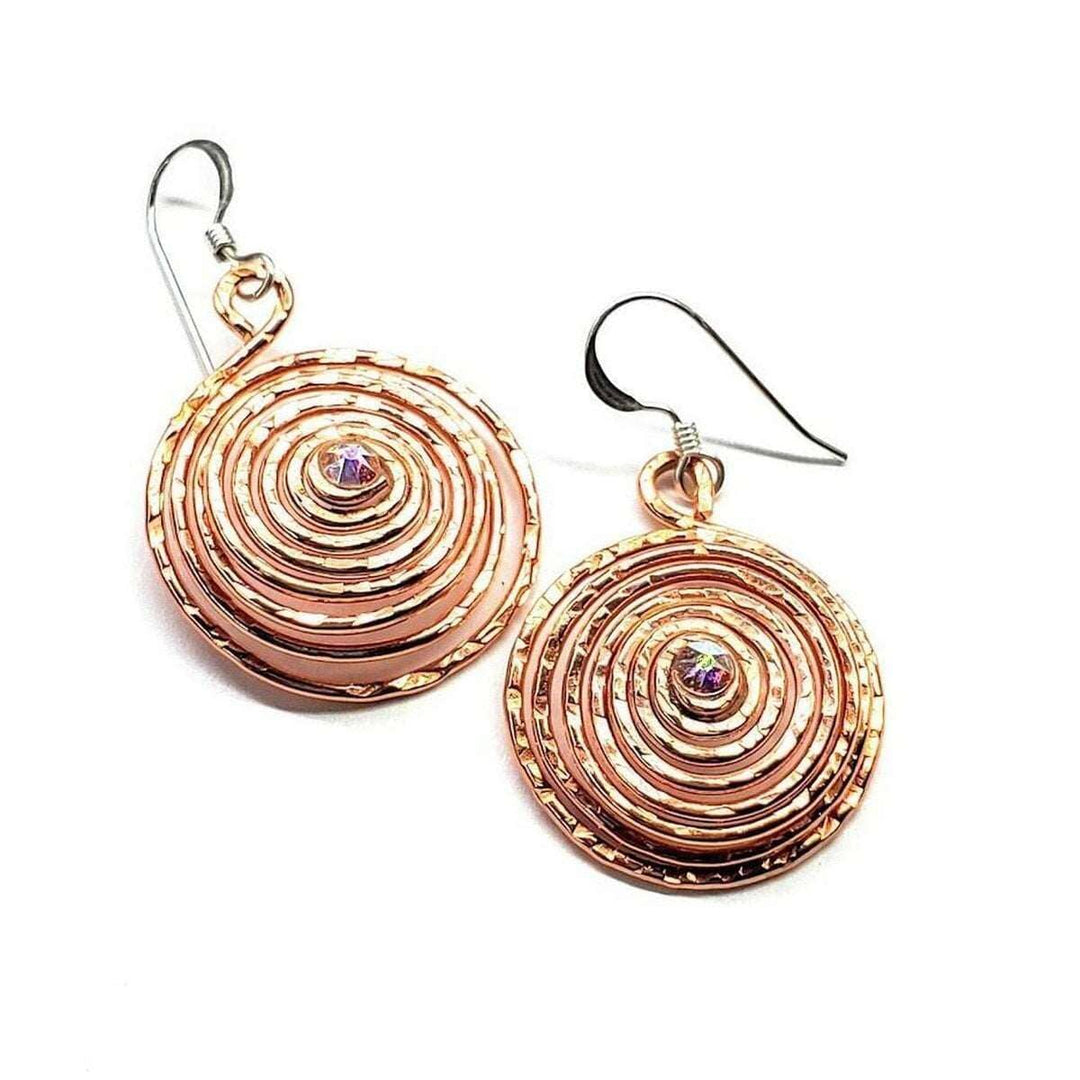Understanding the Semicolon: Suicide Awareness Symbol
In a world where mental health is becoming increasingly recognized as a critical component of overall well-being, one deceptively simple symbol has emerged as a beacon for those navigating turbulent emotional waters: the semicolon. Representing resilience and the choice to continue one's story, the semicolon has gained prominence as the suicide awareness symbol.
This article delves into the history, significance, and impact of this poignant symbol within mental health discourse, while also exploring the roles of various organizations and resources committed to supporting individuals in crisis.
Table of Contents
- Suicide Awareness Symbol and its Core Meaning
- Key Organizations and Initiatives
- Resources for Suicide Prevention
- Personal Stories and Public Involvement
The Semicolon: More Than Just Punctuation
At first glance, the semicolon (;) appears as a mere punctuation mark; however, it holds a profound meaning within the context of mental health awareness and suicide prevention. This symbol represents a point of decision: in grammar, it connects two related, complete ideas. In life, it stands for moving forward despite struggles, a continuation rather than an end.
The movement surrounding this symbol was largely propelled by Project Semicolon, an initiative founded in 2013 by Amy Bleuel to honor her father who died by suicide. Project Semicolon sees the semicolon as a representation of a message chosen by an author to keep going when they could have opted to end the sentence. This symbolism has been embraced globally, serving as a silent declaration of perseverance and the strength to endure.
The semicolon signifies solidarity against the stigma of mental health issues, reinforcing the theme of continuation, which is vital for those affected by depression, anxiety, and similar conditions. It stands as an affirmation of strength, showing that there's always more to one's story.
Key Organizations Leading Suicide Prevention Efforts
Several organizations have incorporated the semicolon into broader suicide prevention and mental health awareness campaigns. Project Semicolon, at its core, promotes mental wellness and suicide prevention by providing a platform for shared experiences and support. This organization's advocacy underscores the message that mental health struggles do not define a person’s life story.
The Substance Abuse and Mental Health Services Administration (SAMHSA) supports initiatives like the National Suicide Prevention Lifeline. This critical resource offers immediate help through a crisis hotline, connecting individuals with trained counselors who provide guidance and support.
Similarly, the Centers for Disease Control and Prevention (CDC) addresses suicide as a significant public health concern, providing statistics, resources, and recommendations geared towards prevention strategies. According to the CDC, comprehensive prevention programs can significantly reduce the prevalence of suicide, emphasizing collaboration across communities.
The American Foundation for Suicide Prevention (AFSP) is another key player, focusing on funding research, educational programs, and support for those affected by suicide. The AFSP's extensive resources are available to professionals, suicide survivors, and the broader public, reinforcing community engagement to combat the suicide epidemic.
Expanding Access to Resources
Resources like crisis hotlines, educational programs, and support services are crucial in the effort to reduce suicide rates and improve overall mental health. They provide invaluable support to those experiencing suicidal thoughts or emotional crises. The National Institute of Mental Health (NIMH) conducts in-depth research to improve understanding of mental health and develop new prevention methods. These institutions cater to diverse audiences, offering specialized support tailored to unique challenges faced by individuals.
The Suicide Prevention Resource Center (SPRC) collaborates extensively with a wide array of organizations to heighten awareness and understanding of suicide prevention. It offers training, technical assistance, research and evaluation to bolster the efforts of community members and professionals alike.
Personal Stories: Amplifying Impact
Personal stories of those who've embraced the semicolon symbol provide a powerful testament to its impact. Many individuals choose to tattoo the semicolon as a personal emblem, representing their survival and ongoing journey with mental health. These narratives foster connections within communities, reducing isolation and encouraging open conversations about mental health challenges.
Involvement Beyond Awareness
Businesses and individuals alike play an essential role in promoting suicide awareness initiatives. Incorporating the semicolon into marketing, employee programs, and community outreach can enhance awareness, empathy, and support within the workplace and beyond. Authentic engagement with these campaigns can help disseminate crucial messages of hope and resilience.
For individuals eager to contribute, engaging in local suicide prevention events or volunteering for mental health organizations can make a significant difference. Whether by joining advocacy programs or donating to relevant causes, every action counts towards fostering a supportive community that values mental health wellness.
Conclusion: The Triple Symbolism of Strength
As the semicolon symbol continues to gain recognition, it serves as a reminder of life's complexity and the individuality of each person's journey. Its power lies in its simplicity – a mark that holds profound significance in the fight against mental health stigma and suicide. This symbol captures a universal truth: everyone's story is worth continuing.
Through the support of organizations like Project Semicolon, SAMHSA, the CDC, and the AFSP, combined with robust community involvement, the semicolon continues to offer support, solidarity, and the promise of a better, brighter tomorrow. Whether through tattoos, marketing campaigns, or personal tribulations, the semicolon remains a crucial tool in understanding and overcoming the perils of mental health challenges.
By embracing the semicolon, we underscore the importance of community, connection, and compassion in building a world where no one faces their struggles alone. While we acknowledge our past, this symbol invites us to script a future of endless possibilities with hope and courage.
For additional resources or to connect with others advocating for mental health wellness and suicide prevention, visit Project Semicolon, SAMHSA, or your local mental health services.















Leave a comment